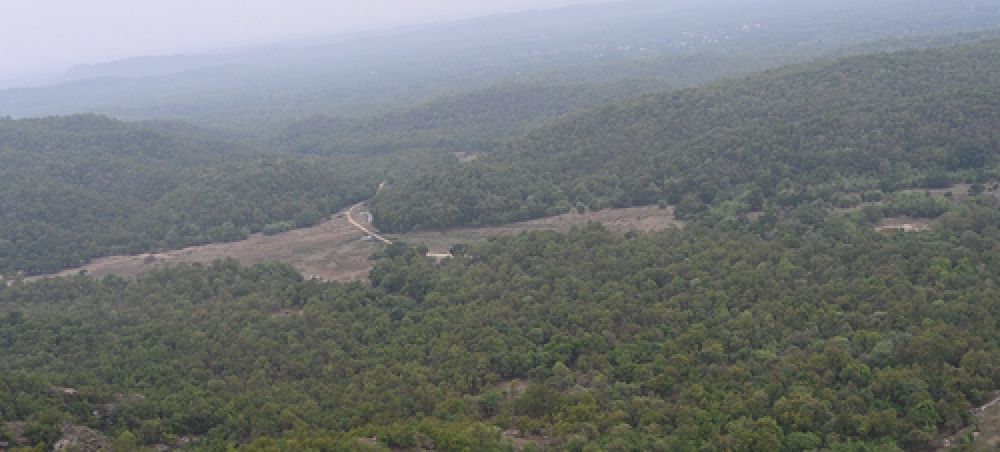

Welcome to Chakradhara Meadow, an enchanting landscape in the heart of Bandhavgarh National Park, Madhya Pradesh, known for its breathtakingly wild beauty and incredible wildlife sightings. Recognized as one of the premier destinations for tiger sightings in India, Bandhavgarh National Park has a rich history that sets the stage for its current status as a top tourist destination.
Bandhavgarh National Park's history is as compelling as its natural beauty. Once the hunting preserve of the Maharajas of Rewa, the area is said to be the place where the legendary white tigers of Rewa were found. The park's name, Bandhavgarh, is derived from an ancient fort in the region, with "Bandhav" referring to brother and "Garh" meaning fort, hinting at mythological connections to Lord Rama from the epic Ramayana.
The area was designated a national park in 1968 and has since become renowned for its high density of Bengal tigers, attracting wildlife enthusiasts and photographers from around the globe. Over the years, sustainable tourism practices were put in place to ensure that the park would continue to thrive and its animal inhabitants would remain protected.
Chakradhara Meadow is one of the most significant zones in Bandhavgarh National Park, offering an open grassland habitat that is prime territory for tiger sightings. The meadow is also a diverse ecosystem that supports various other species such as sambar deer, spotted deer, and a variety of bird species, making it a hotspot for biodiversity.
Tourism in Bandhavgarh and Chakradhara Meadow began to flourish as the allure of the Bengal tiger drew visitors. Over time, the park developed infrastructure to support tourism, including the creation of jeep safaris that allowed visitors to explore the deep recesses of the forest and the open expanses of the meadows in search of wildlife. In addition, responsible tourism initiatives were introduced, such as limiting the number of vehicles in the park and training local guides.
Resorts and lodges began to sprout up around the park's periphery, catering to a range of tourists from the luxury-seeking to the environmentally conscious. Their focus on sustainability and community involvement has helped bolster the local economy while prioritizing the conservation of the park's natural resources.
In recent years, there has been a significant emphasis on promoting eco-tourism and sustainable travel practices in Bandhavgarh. Tour operators and lodges are increasingly offering experiences that respect the natural environment and support local communities.
Photographic safaris are also on the rise, with specialized tours focusing on capturing the majestic beauty of Bandhavgarh's tigers and its diverse landscape. Additionally, wildlife conservation and education have become integral parts of the tourism experience, with many visitors participating in workshops and lectures about the park's ecosystem and conservation efforts.
With India's growing recognition of the importance of its natural heritage, Chakradhara Meadow in Bandhavgarh National Park stands as a testament to the beauty and resilience of the wildlife that calls this region home. As tourism continues to evolve, the commitment to conservation and respect for the majestic tigers and their habitat remain at the core of the visitor experience.